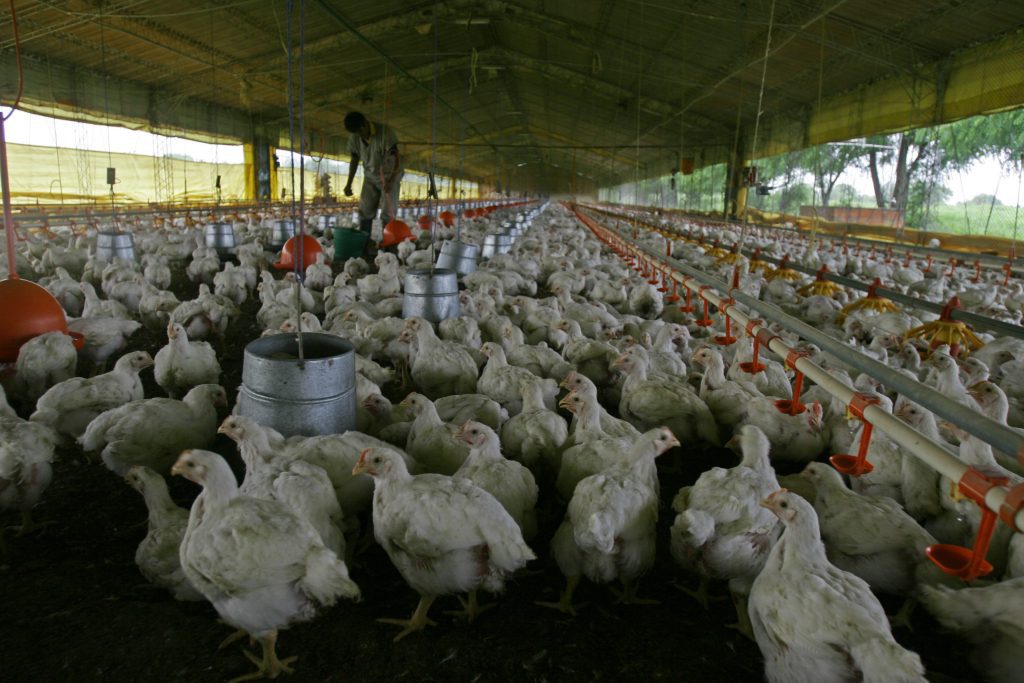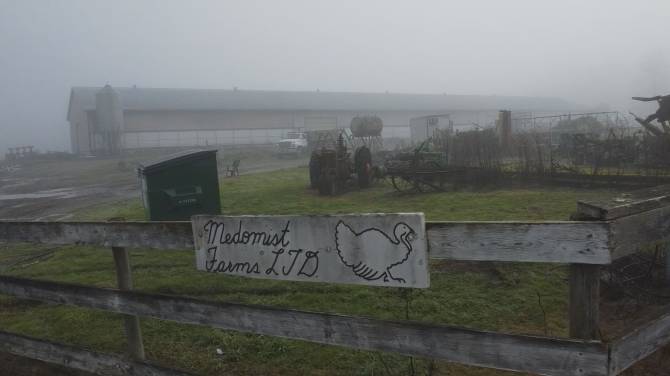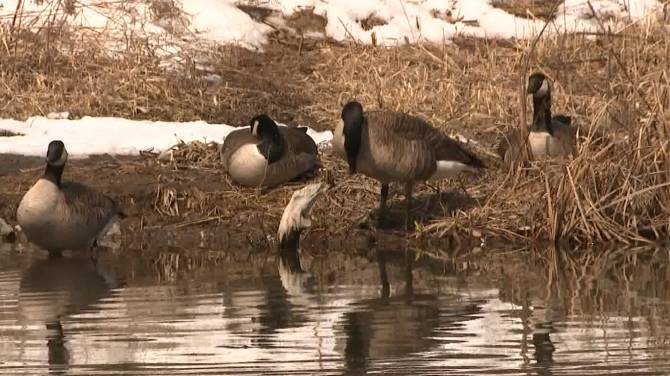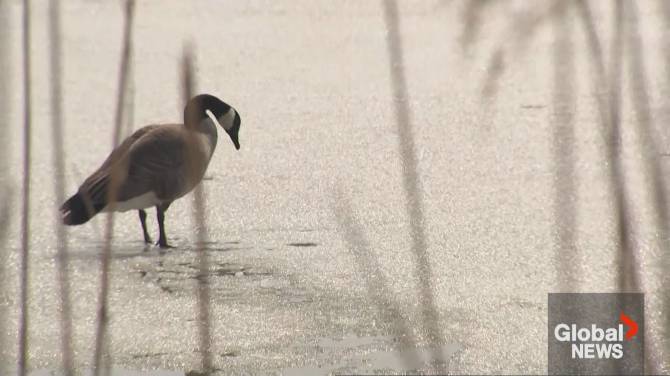The deadly H5N1 bird flu virus has spread more aggressively than ever before in wild birds and marine mammals since arriving in South America in 2022, increasing the possibility of it becoming a bigger threat to humans, according to interviews with eight scientists.
More immediately worrying is the evidence that the disease, previously mainly affecting birds, seems to be spreading among mammals. This strain has already caused the death of a few dolphins in Chile and Peru, about 50,000 seals and sea lions along the coasts, and at least half a million birds in the region.
To confirm the transmission between mammals, scientists would probably need to test infections in live animals.
Richard Webby, a virologist at St. Jude’s Children’s Research Hospital in Memphis, Tennessee, said, “It’s almost certainly happened. It’s pretty difficult to explain some of these large infections and die-offs without having mammal-to-mammal spread.”
The strain has been observed in numerous bird species, including some that migrate, which could spread it beyond the region, according to scientists who spoke to Reuters.
As climate change intensifies, animals will be compelled to move into new areas, mingling with each other in new ways and potentially increasing the virus's chances of further mutation.
“It’s only a matter of time before you detect the first South American strain in North America,” said Alonzo Alfaro-Nunez, a viral ecologist at the University of Copenhagen.
HUMAN RISK
The growing concern has led the 35 countries in the Pan American Health Organization (PAHO) to bring together regional health experts and officials for a meeting this week in Rio de Janeiro.
The group intends to establish the world’s first regional commission to supervise bird flu monitoring and response efforts, a PAHO official informed Reuters. This has not been previously reported.
Since the virus was first found in Colombia in October 2022, there have been two confirmed cases in humans on the continent, one in Ecuador and one in Chile. Both were from exposure to infected birds.
Although those patients survived, H5N1 bird flu is fatal to humans in approximately 60% of cases globally.
According to experts, the World Health Organization is unlikely to raise the risk level for humans from the current “low” without evidence of human-to-human transmission or mutations adapted to human receptors.
Drugmakers, such as GSK and Moderna, have stated that they are creating bird flu vaccines for humans, and have the ability to produce hundreds of millions of doses within months using production lines used for seasonal flu vaccines.
“We’re observing the virus making small evolutionary steps that are ultimately leading towards a possible human infection,” said Ralph Vanstreels, a University of California, Davis researcher studying South American variants of H5N1.
Every year, Argentina’s Peninsula Valdes on the windswept Atlantic coast is filled with densely packed elephant seals nurturing their pups.
Last November, Vanstreels came across a distressing sight: hundreds of dead and decaying pups on the beach. Researchers estimate that 17,400 pups died, nearly all born to the colony that year.
It is very unlikely that the pups got infected by birds, according to scientists. Pups usually only have contact with their mothers, so scientists think that's how it spread.
Vanstreels is part of a team of scientists studying the virus' genetic changes in South America.
In a preliminary paper on the U.S. Centers for Disease Control and Prevention website, they examined samples from sea lions, seals, and birds along the coast from Peninsula Valdes.
By comparing the genetic makeup of these samples with those gathered in 2022 in North America and Asia, the team identified nine new mutations.
The same mutations were discovered in samples from Chile and Peru in 2022 and 2023, where there were also large numbers of sea lions and birds dying.
Vanstreels stated, "This is the first time this virus is so well-suited to wildlife. Clearly something happened in Peru and northern Chile where they gained these new mutations."
The draft paper from researchers observed that the same mutations were present in one of the continent’s two human cases, a 53-year-old man who lived near the seashore where seabirds gathered.
Researchers noted in the preliminary paper that this case highlights the potential danger posed by these viruses to public health.
Researchers warned that this case shows the potential threat these viruses pose to public health.
REGIONAL RESPONSE
Health officials and experts will push Latin American countries to enhance disease monitoring in the wild as they convene in Rio this week.
The region's incomplete data and limited resources have made it difficult for scientists to understand how the disease is spreading in the wild, and the number of cases is likely much higher than reported.
According to scientists, some cases are not being tested in laboratories.
For instance, Bolivia did not report any cases in the wild last year, even though the disease was found in neighboring countries, according to Manuel Jose Sanchez Vazquez, epidemiology coordinator for PAHO's veterinary health center.
Sanchez also mentioned that managing the disease response can be complicated. Human threats are addressed by public health officials, while threats to poultry or livestock fall to agricultural or veterinary authorities. In wild animals, environmental officials typically take charge.
The new regional commission, set to be announced on Thursday, aims to establish standard procedures for monitoring, managing, and reporting cases across various government agencies.
According to Sanchez, this could also help in consolidating laboratory resources.
Sanchez expressed concern, stating, "We are worried and we are watchful. The virus becoming more adapted to mammals increases the likelihood of human transmission."
(Reporting by Jake Spring; Editing by Katy Daigle and Bill Berkrot)






